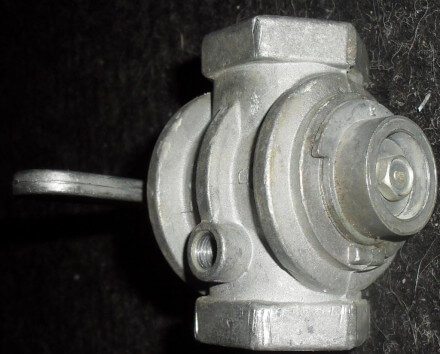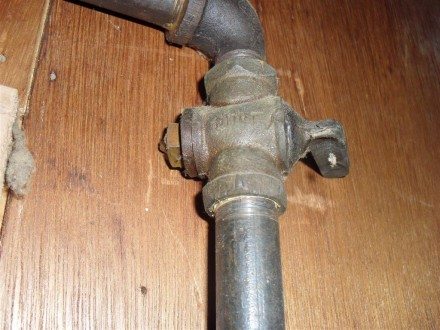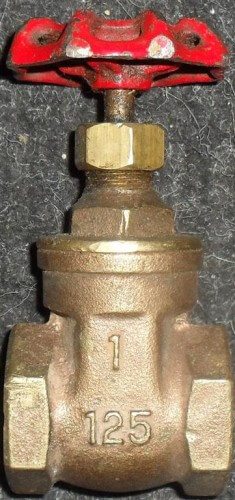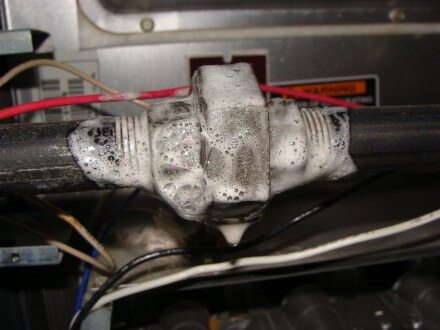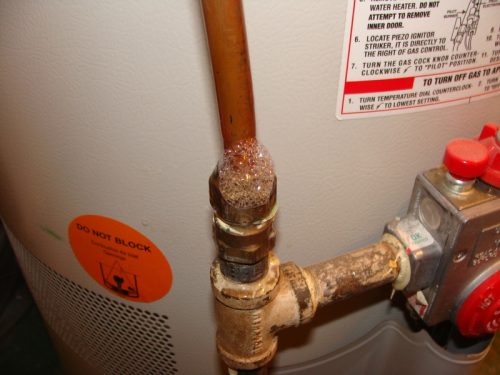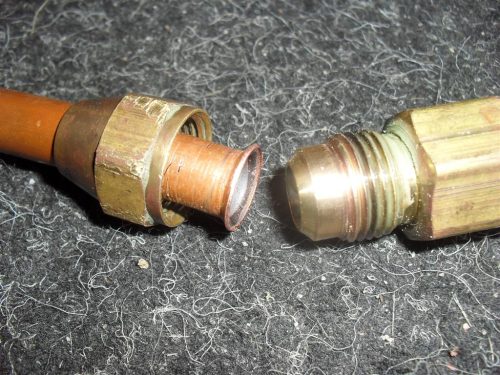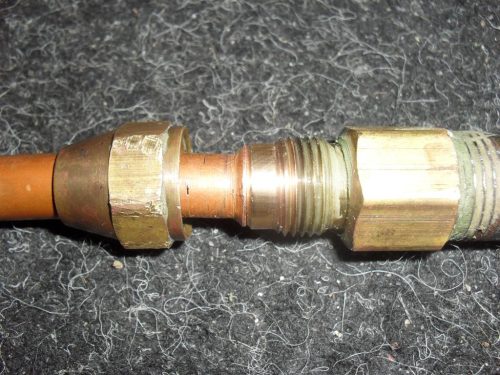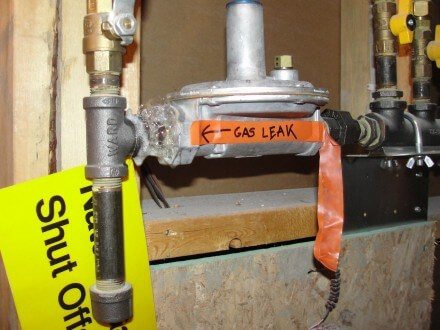One home inspection item that consistently causes panic for both buyers and sellers is a gas leak. Gas companies around the country are crystal clear on this topic: “If you smell gas, get out fast.”
Believe it or not, small gas leaks are actually quite common at old houses, and they’re usually simple for a plumber to fix. Today, I’ll share the most common locations for gas leaks, and I’ll share my home inspection techniques for finding gas leaks in old Minneapolis and Saint Paul homes.
The most common place we find gas leaks is at gas valves. Old-style gas valves that aren’t allowed anymore today are often referred to as lube valves or plug valves. If you have a Truth-in-Housing Evaluation performed in Minneapolis and the evaluator marks down “old gas valves” or “unapproved gas valves”, this is what they’re referring to.
These valves are easily identified by a nut or spring on the valve across from the handle; newer gas valves don’t have these. I would estimate that I find leaks at about 20% of these valves. Gate valves, which should only be used for water, are also common offenders.
The repair is always simple; replace the the valve. In Minneapolis, if the appliance being served by an improper valve is replaced, the valve must be replaced at the same time.
The second most common location for gas leaks is at unions. A gas union is a fitting that provides a disconnection point for a gas appliance. If the union doesn’t get tightened enough, it will leak. Notice the bubbles in the union below? That’s a small gas leak.
Flare fittings are the last common offender. Here in Minnesota, soft copper gas tubing is allowed just about anywhere, but it takes a little more skill to install soft copper than other types of gas piping. For a flare fitting, copper tubing gets flared out at the end and connected with a flare nut. If this connection isn’t just right, it will leak.
To find these gas leaks, you can usually rely on your nose. If I smell a gas leak and nobody is around, I’ll run around the fittings with my nose right up against the gas line. This is a fast way of figuring out exactly where a leak is coming from. The only problem with this method is that I look silly doing it and can’t fit my nose into tight spaces.
In those cases, I might use an electronic gas leak detector, aka a gas sniffer. The only problem with using a gas sniffer is that they’re ridiculously sensitive, and they’ll often give false positives. For instance, if there is fresh pipe dope at a fitting, a gas detector might sound off.
When we find a leak with a combustible gas detector, it needs to be confirmed by using a gas leak detection solution; it’s a liquid that bubbles if there is a leak. No bubbles = no leak. To make it easier for the repair person coming behind us, we also mark the location of the leak with electrical tape and write “Gas Leak” on the tape, along with an arrow showing exactly where the leak is.

